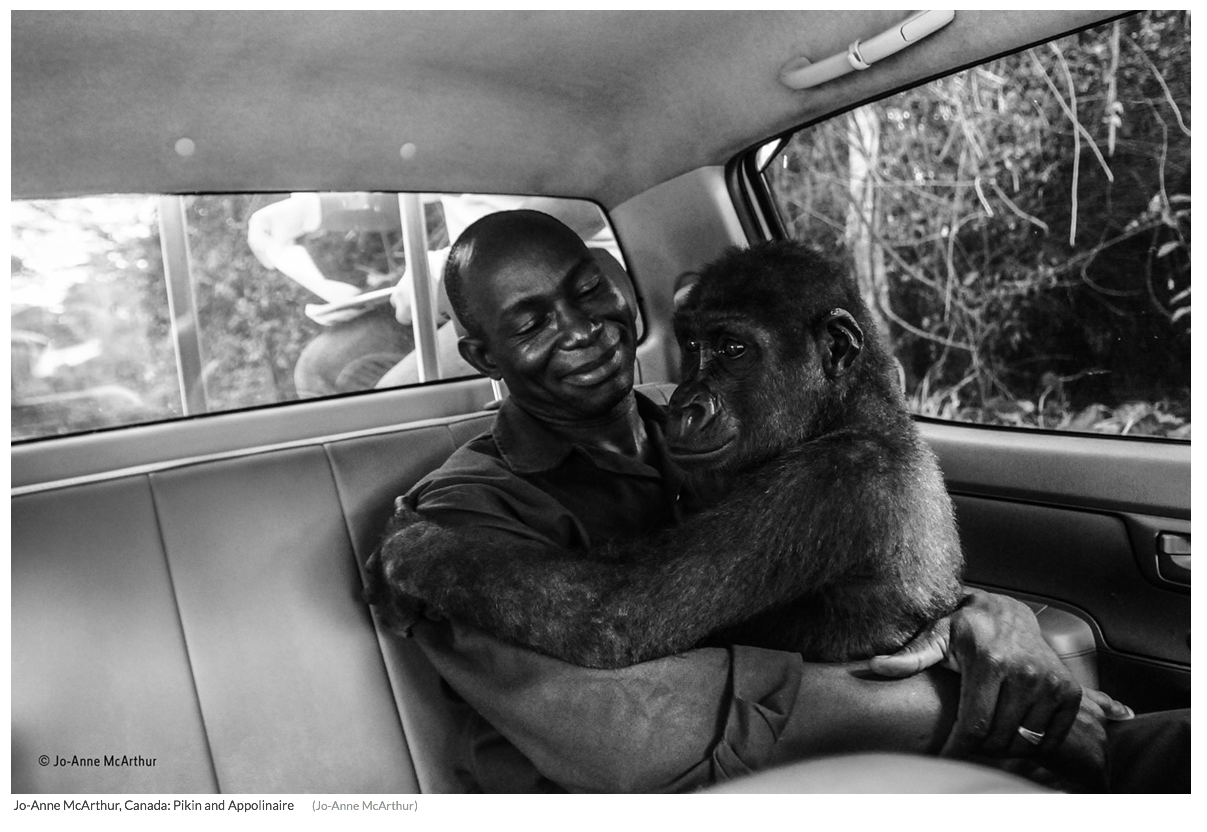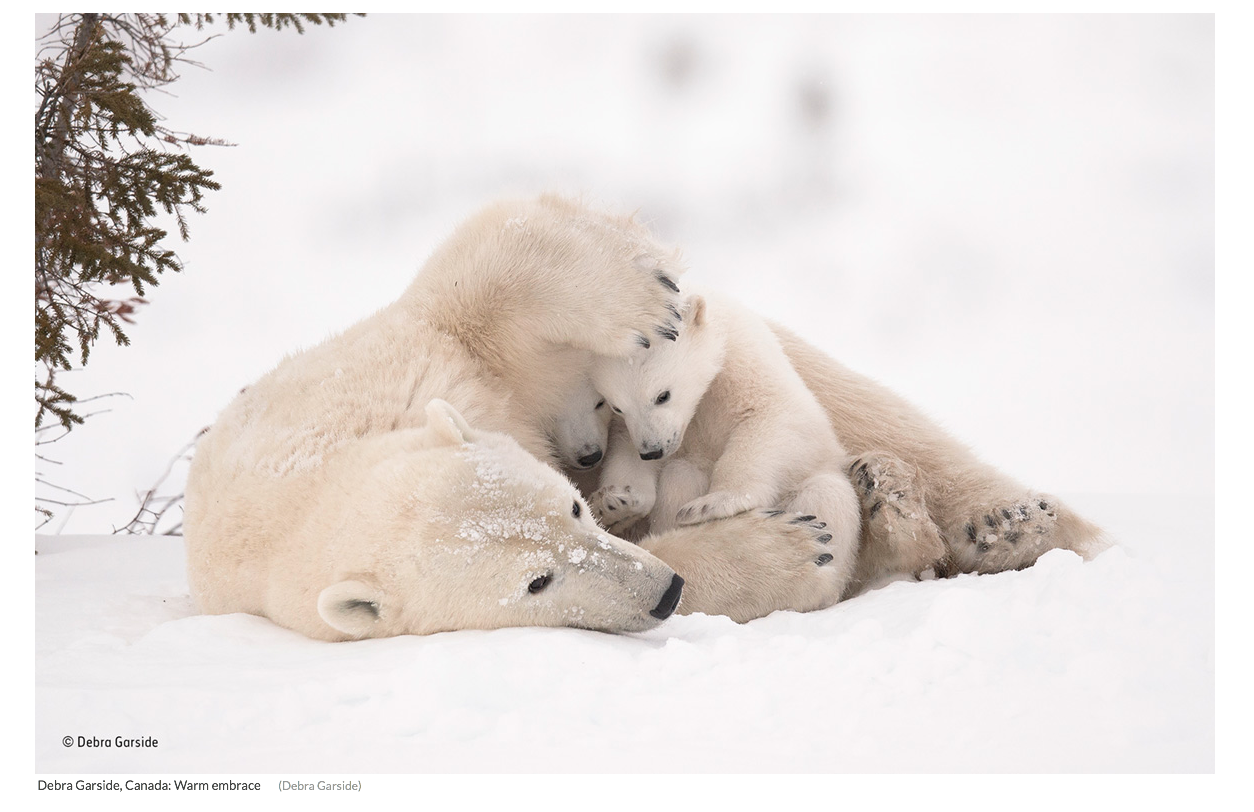Hearing of that super-colony of Antarctic penguins spotted from space, I immediately thought about The Lost World.
Not the part about how Sir Arthur Conan Doyle’s band of Victorian explorers discovered a lost world of dinosaurs and early humans hidden on a towering mountain plateau in the jungles of Venezuela, but rather the part about how, having stumbled over a find of extraordinary and rare beauty, they weighed whether or not to tell the outside world.
Late last week, the journal Scientific Reports announced the discovery of a previously unknown “super-colony” of Adélie penguins in the east Antarctic peninsular.
The find was dramatic, the “how” somewhat less so.
The colony numbers more than 1.5 million birds, a sizeable number by any reckoning, but especially in the facts-challenged world of 2018.
The penguins were spotted living among and around a rocky archipelago in east Antarctica known as the Danger Islands — aptly named, as it turns out — after gargantuan patches of their guano appeared in images taken by the US Landsat satellite.
This was one satellite picture of the polar regions that wasn’t all about the melting ice cap. For that reason alone, it immediately caused a stir.
Researchers used a computer algorithm to scan images for signs of possible penguin activity. The scientists were genuinely surprised by the scale of their find, as University of Oxford researcher and science team-member Dr. Tom Hart told BBC News.
“It’s a classic case of finding something where no one really looked,” Hart told BBC. “The Danger Islands are hard to reach, so people didn’t really try that hard.”
As Heather Lynch, a researcher with Stony Brook University in Long Island, New York, told BBC.
“The sheer size of what we were looking at took our breath away,” she said. “We thought, ‘Wow, if what we’re seeing is true, these are going to be some of the largest Adélie penguin colonies in the world, and it’s going to be well worth our while sending in an expedition to count them properly.’”
Knowing how many penguins there are is one thing.
Ensuring their survival for future generations — future generations of people, as well as penguins — is another entirely.
The discovery will only truly mean something if a long-proposed marine protected area is signed into international law, a super-protected area, if you will, for the super-colony of penguins, and other Antarctic species.
It’s a big deal because, continent-wide, Adélie penguin populations have fallen by more than 65% in just the past 25 years, according to some estimates.
Just in the last seven years, thousands of chicks died in an unexplained mass die-off of chicks and stillbirths in the west Antarctic peninsular.
Some conservationists are concerned that the discovery will lead people to think that the Antarctic isn’t in so much trouble, after all.
To most people’s minds, endangered animals are either endangered or they aren’t. Mid- and long-term factors like habitat loss caused by climate change, which manifests itself in the form of warmer, more acidic waters, loss of sea ice and mass die-offs of krill, plankton and other micro-organisms that underpin the entire ecosystem, are harder to weigh in the mind than waking up one morning to learn that all the penguins have suddenly disappeared.
The Danger Islands lie in an area of the Weddell Sea that has yet to feel the effects of climate change the way other parts of Antarctica have.
That doesn’t mean the Adélie penguins, all 1.5 million of them, are out of danger, though.
As conservation writer Lucy Siegle noted this past weekend in the UK Sunday Observer, “Enthusiasm for this (discovery) needs to translate into a legally enforceable marine protected area, so that the penguins, left undisturbed for 60 years, remain that way.”
It was Einstein, after all, who said that whoever is careless with the truth in small matters cannot be trusted with important matters.






























